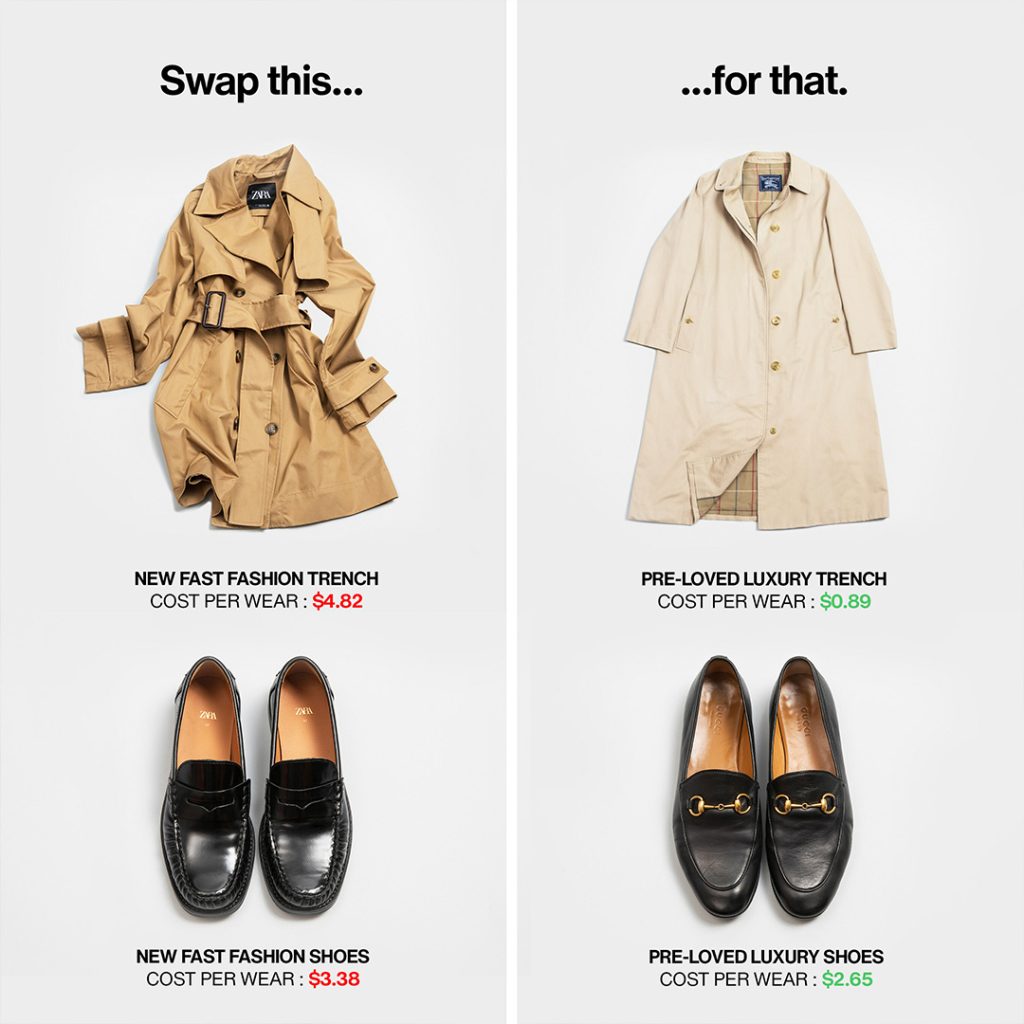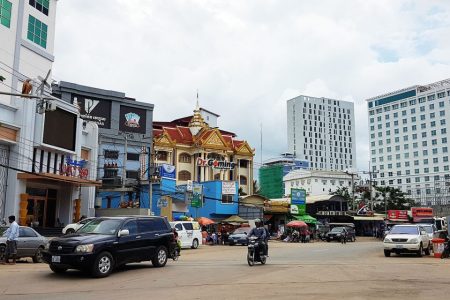A luxury second-hand clothing platform is trying to make fashionistas approach clothing purchases with a cost-per-wear mentality, rather than by judging each item on price tag alone.
According to Paris-headquartered Vestiaire Collective, “select pre-loved curated fashion items” are a better long-term investment than cheap, mass-produced clothing only made to be worn a few times. Popular fast fashion retailers include Shein, Uniqlo, H&M and Zara.
Vestiaire Collective’s cost-per-wear metric indicates that a high-quality second-hand coat purchased on its platform costs US$1.72 per wear compared with a brand new fast fashion coat – coming in at US$4.82 per wear (almost three times more expensive). Similar price differentials were found in handbags, shoes and other garments.
The calculation takes resale value into account, which is significantly higher for quality items made to last.
[See more: Treasure hunt: Where to shop for vintage fashion in Macao]
Vestiaire Collective comes up with its cost-per-wear figures by taking the price of an item, subtracting its resale value, then dividing the result by the number of times it’s worn, with data gleaned through customer surveys.
“Fast fashion is a false economy,” said Vestiaire Collective’s chief impact officer Dounia Wone. “Buying cheap fast fashion is deceptive, as in the end you end up replacing items again and again.”

The company released a consumer report on the subject yesterday, to mark Earth Day. The date was a nod to the environmental advantages the second-hand clothing industry has over fast fashion, which not only tends to end up in landfills but relies on excessive production.
Vestiaire Collective’s president and cofounder Fanny Moizant described the report as “a wake-up call to combat overconsumption and overspending, fueled by tempting low initial prices.”






